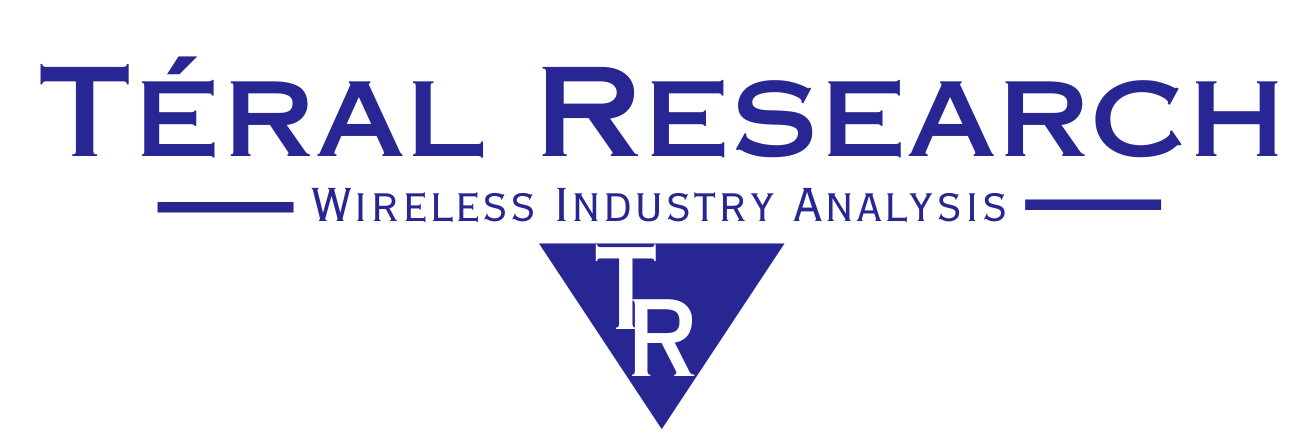Perspectives
November 2025 FYUZ 2025: We are entering the Open RAN 2.0 era
Abstract
As pointed out by AT&T’s Rob Soni during his opening keynote at FYUZ 2025 in Dublin, Ireland, last week, we are at Open RAN 2.0, which is the combination of open RAN reaching maturity through widespread deployments and the third iteration of AI in the telecom sector—the industry has always used machine learning (ML) among other algorithms, which is now foundational to generative iterations. Having tracked self-organizing networks (SON) since its debut in 2010 and seeing the introduction of machine learning (ML) in SON algorithms ten years ago, we, at TÉRAL RESEARCH, could not agree more. Put another way, AI is not new in telecoms and there is no AI-RAN without open RAN! Detailed in our AI-Driven RAN and RAN Automation reports, SON use cases have started to morph into rApps in the Non-Real Time Radio Access Network Intelligent Controller (RIC) that resides in the Service Management and Orchestration (SMO). That clearly signals the arrival of Open RAN 2.0.
According to TIP, 700+ people attended the event, which is lower than last year but overall, the number of senior executives who made the trip was higher. Case in point: main stage panels and most breakout sessions featured C-level executives, which proves the importance of the event as a fundamental platform to share insights and exchange ideas about open network disaggregation from access to transport to core networks. In fact, the event has become more focused on the six areas mentioned previously, which in turn attracts the stakeholders. Overall, FYUZ once again delivered a solid reality check on the success of open RAN and all the companies and people involved in the ecosystem confirmed our prediction: 2025 is indeed materializing as the trigger year.
The complete text of this publication is available to subscribers - please log into your account. If you are not currently subscribed, please contact us for access to this publication.

